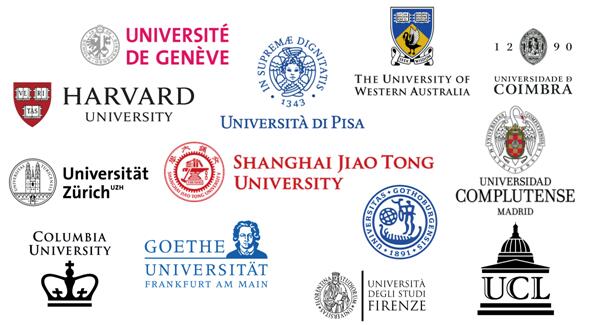Early prostate cancer robot surgery preserves over 90% of nerves, accurately treating prostate cancer according to the characteristics of Chinese people | Surgery | Robotics
At the recent 2023 Prostate Cancer Academic Week and Pujiang Prostate Cancer Summit Forum, the Robot Surgery Innovation Center of Shanghai Institute of Urology and Oncology was established. On the same day, the prostate cancer sub specialty team of the Urology Department of Fudan University Affiliated Cancer Hospital, affiliated with the center, released the latest data on robot prostate cancer surgery in the past two years: a single center of the cancer hospital carries out nearly a thousand early prostate cancer robot radical surgeries every year. Thanks to Professor Ye Dingwei's innovative upgraded version of the prostate cancer radical surgery based on the precision robot surgery system, the "Revitalization Technique 2.0", the proportion of patients who receive nerve preserving radical surgery exceeds 90%.
The lifestyle and dietary structure of Chinese residents have changed, and the prevalence of early screening for prostate cancer has been increasing year by year. Experts say that the incidence of prostate cancer in China is gradually becoming younger, and more young patients are being diagnosed early. According to data from cancer hospitals, the proportion of patients under the age of 60 who undergo radical surgery for early prostate cancer increases by 3-4% annually. As patients have just entered middle age, they also have higher requirements for postoperative quality of life.
Radical surgery is the preferred option for prostate cancer patients to achieve a curative effect, but in males, the prostate is adjacent to the sexual nerve, and a slight mistake in the surgery may lead to the loss of sexual function. Intraoperative preservation of nerves is a strong demand in young patients, but it poses high requirements for surgical procedures.
Robot precision surgery has improved the original therapeutic effect. Ye Dingwei said that the previous guidelines for prostate cancer surgery were based on the physical signs of the Western population and were not entirely applicable to the Chinese population. The prostate gland is deeply embedded at the bottom of the human pelvis. Compared to European and American populations, the pelvis of Chinese men presents a "deep toilet" structure, with the prostate gland located narrower and deeper, and the surgical operation space is small and difficult.
How to better apply robot precision surgery to the Chinese population? Ye Dingwei led a team to develop a highly suitable prostate cancer radical surgery "re swelling technique" for the Chinese population based on the structural characteristics of the Chinese pelvis. Through key surgical steps, the maximum tumor eradication is achieved, ensuring patient functional recovery and postoperative safety, and improving patient survival rate and quality of life together.
With the installation and clinical use of multiple fourth generation da Vinci robots in the center, as well as the addition of domestic surgical robots in clinical research, Ye Dingwei was the first to promote the "big version upgrade" of the robot surgical system under ultra fine dissection, that is, the 2.0 version of the re swelling technique based on the precision robot surgical system.
With the dual upgrade of "operating system+artificial intelligence hardware", a single center of a cancer hospital completes nearly a thousand radical surgeries for early-stage prostate cancer patients every year, of which more than 90% of patients undergo nerve preserving radical surgery.
Professor Patel, President of the Global Robotics Surgery Association and Director of Robotics Surgery at the University of Central Florida in the United States, who participated in the summit forum series of activities, commented that the efficiency and accuracy of prostate cancer surgery at Fudan University Affiliated Cancer Hospital have greatly improved, with surgery time reduced by at least 40%, greatly reducing the incidence of surgical complications and maximizing the protection of patient function.
It is reported that robot surgery in tumor hospital is not only used for precise surgery of prostate cancer, but also widely used for surgical treatment of kidney cancer and bladder cancer. The establishment of the Shanghai Institute of Urology and Oncology Robot Surgery Innovation Center will continue to promote the application and development of robot surgery in urology and oncology, reserve outstanding talents in the discipline, promote interaction and exchange between disciplines, create an open technology system, and focus on new concepts, technologies, and other aspects to play a great role in promoting.




